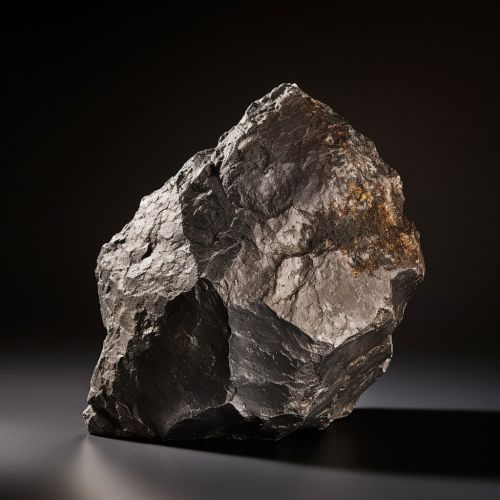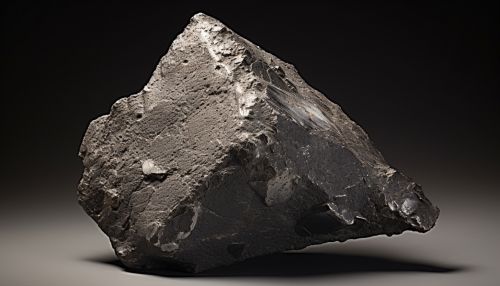Iron
Introduction
Iron is a chemical element with the symbol Fe (from Latin: ferrum) and atomic number 26. It is a metal in the first transition series. It is the most common element (by mass) forming the planet Earth as a whole, forming much of Earth's outer and inner core. It is the fourth most common element in the Earth's crust.
Characteristics
Iron is a lustrous, ductile, malleable, silver-gray metal group 8 of the periodic table. It is known to exist in four distinct crystalline forms (see Allotropy). The most common is the alpha form, which is stable below 912°C, and has a body-centered cubic crystal structure.
Occurrence
Iron is the sixth most abundant element in the Universe, and the most common refractory element. It is formed as the final product of nucleosynthesis by silicon fusing in massive stars.
History
Iron has been used by humans since ancient times. The first iron used by humans is likely to have come from meteorites. Most objects that fall to earth from space are stony, but a small proportion, such as the one pictured, are 'iron meteorites' with iron contents of over 90 percent.


Production and Refinement
Iron is produced in a high temperature, high pressure process called iron production, which involves the reduction of iron ore (in the form of iron oxide) with carbon in the form of coke.
Applications
Iron is the most widely used of all the metals, accounting for over 90% of worldwide metal production. Its low cost and high strength make it indispensable in engineering applications such as the construction of machinery and machine tools, automobiles, the hulls of large ships, and structural components for buildings.
Biological Role
Iron is an essential element for all forms of life and is non-toxic. The average human contains about 4 grams of iron. A lot of this is in hemoglobin, in the blood. Hemoglobin carries oxygen from our lungs to the cells, where it is needed for tissue respiration.
Environmental Effects
Iron (III) oxide mixed with aluminium powder can be ignited to create a thermite reaction, used in welding and purifying ores. Iron forms binary compounds with the halogens and the chalcogens.
